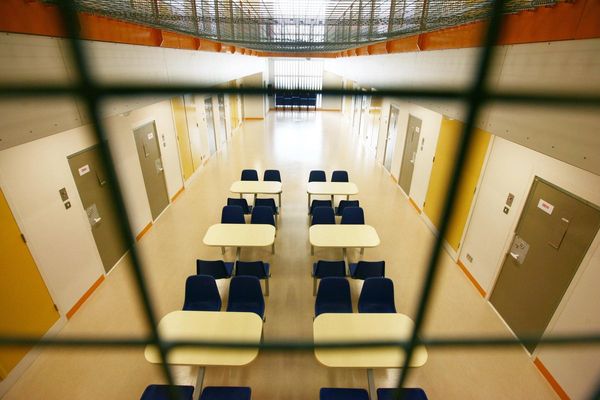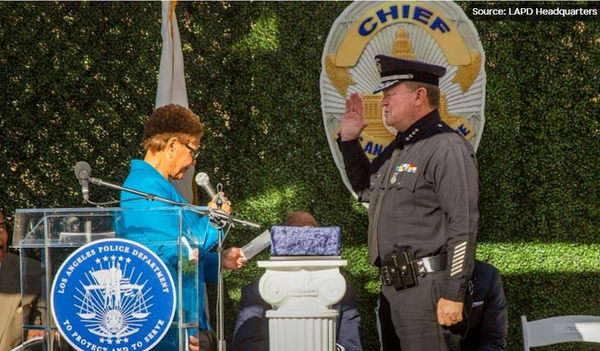
While retail theft and related crime isn't necessarily a new concept, it's certainly garnered new attention in recent quarters.
This is in part because the rate of retail crime has spiked — and few places in the country have been left unscathed.
Related: Walmart is about to completely change how you shop (for the better)
Many of the largest brick-and-mortar retailers in the U.S., including Walmart WMT, Target TGT, and Dick's Sporting Goods DKS, have expressed concern about the growth of shoplifting and reduced inventory on shelves for purchase. This cuts into store chains' bottom lines and instills fear in honest customers, often forcing them to go elsewhere for common goods or groceries.
"Theft is an issue. It’s higher than what it has historically been. We’ve got safety measures, security measures that we’ve put in place by store location," Walmart Chief Executive Doug McMillon said in late 2022.
"I think local law enforcement being staffed and being a good partner is part of that equation, and that’s normally how we approach it. If that’s not corrected over time, prices will be higher and/or stores will close."
In many areas since then, the problem has only grown.
Report sheds light on key areas of shoplifting
In early November, the research group Council on Criminal Justice released a report entitled "Shoplifting Trends: What You Need to Know." The report delves deep into regional crime trends and explains how retail theft has shifted since the onset of the covid pandemic.
Most of its findings compare and track prepandemic shoplifting and crime levels to postpandemic levels.

"The pandemic, as well as the social-justice protests during the summer of 2020 and other factors, have altered the motives, means, and opportunities to commit crimes," the council writes.
It drew on open-data sources from 24 cities across the U.S. — and shared some chilling takeaways. Reported incidents of shoplifting across the 24 cities, for example, increased 16% in the first half of 2023 from the same period in 2019.
It's clear that shoplifting is a growing problem. Here's a breakdown of the key areas affected.
Biggest increases in shoplifting (from midyear 2019 to midyear 2023):
- New York: increase in incidents by 64%
- Los Angeles: increase in incidents by 61%
- Virginia Beach, Va.: increase in incidents by 44%
- Dallas: increase in incidents by 20%
Biggest decrease in shoplifting (from midyear 2019 to midyear 2023):
- St. Petersburg, Fla.: decrease in incidents by 78%
- St. Paul, Minn.: decrease in incidents by 65%
- Minneapolis: decrease in incidents by 57%
- St. Louis: decrease in incidents by 48%
"Comparing the most recent trends, from the first halves of 2022 and 2023, Los Angeles (109%) and Dallas (73%) experienced the largest increases among the study cities; San Francisco (-35%) and Seattle (-31%) saw the largest decreases," the study found.
What's more, the amount of shoplifting incidents that either turned violent or involved some type of assault increased 9% from 2019 to 2021.
And while New York, the U.S.'s most populous city, makes up the lion's share of shoplifting incidents and increases, correcting for the outlier presents an interesting picture.
"While New York was driving the increase in 2022, the first half of 2023 is a different picture. Compared to the first half of 2022, shoplifting was 17% higher across all study cities in the first half of 2023 and 8% lower in New York," the study finds.







